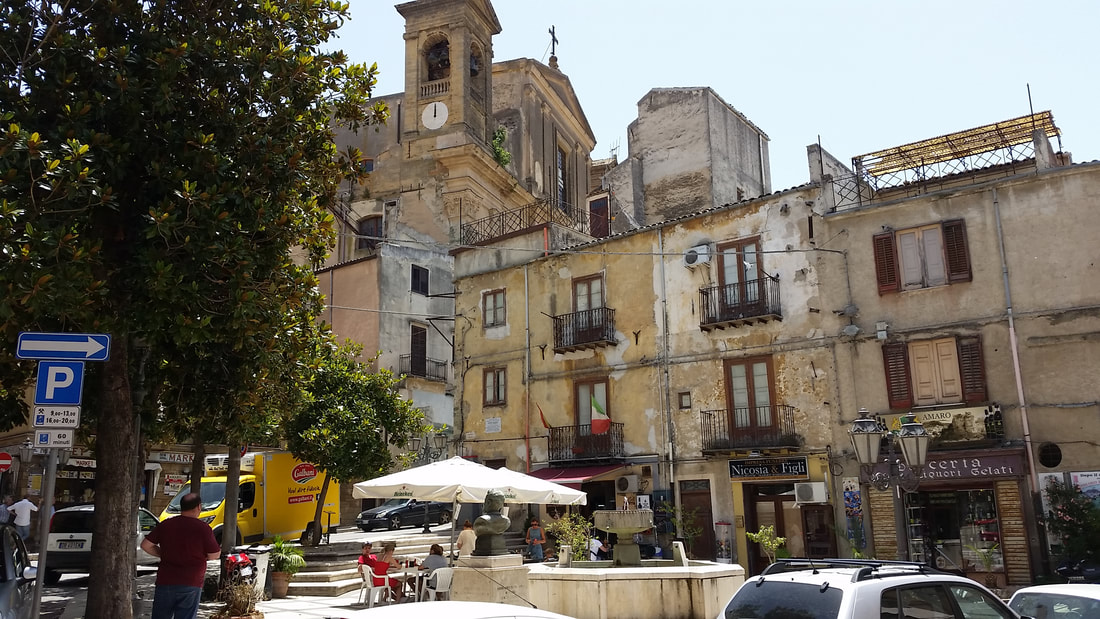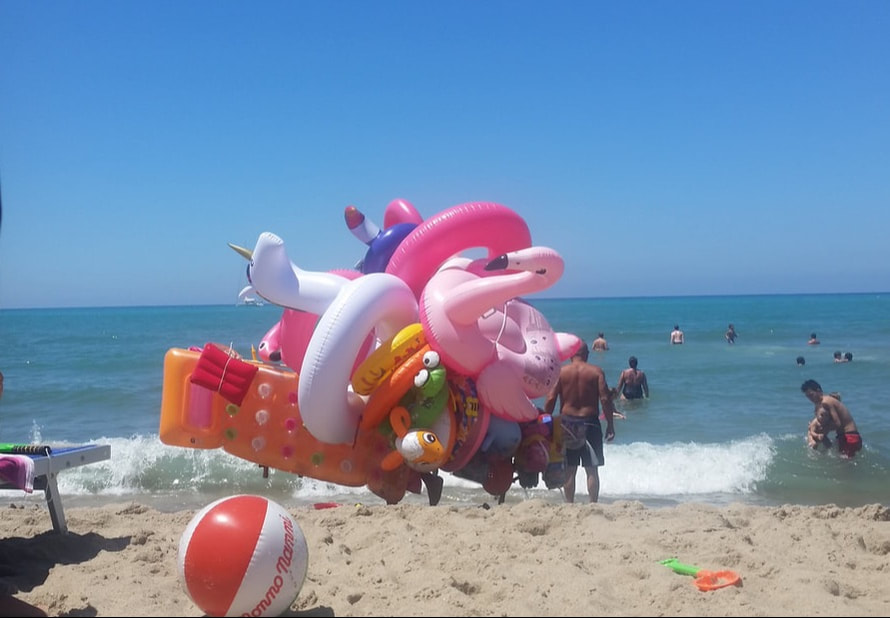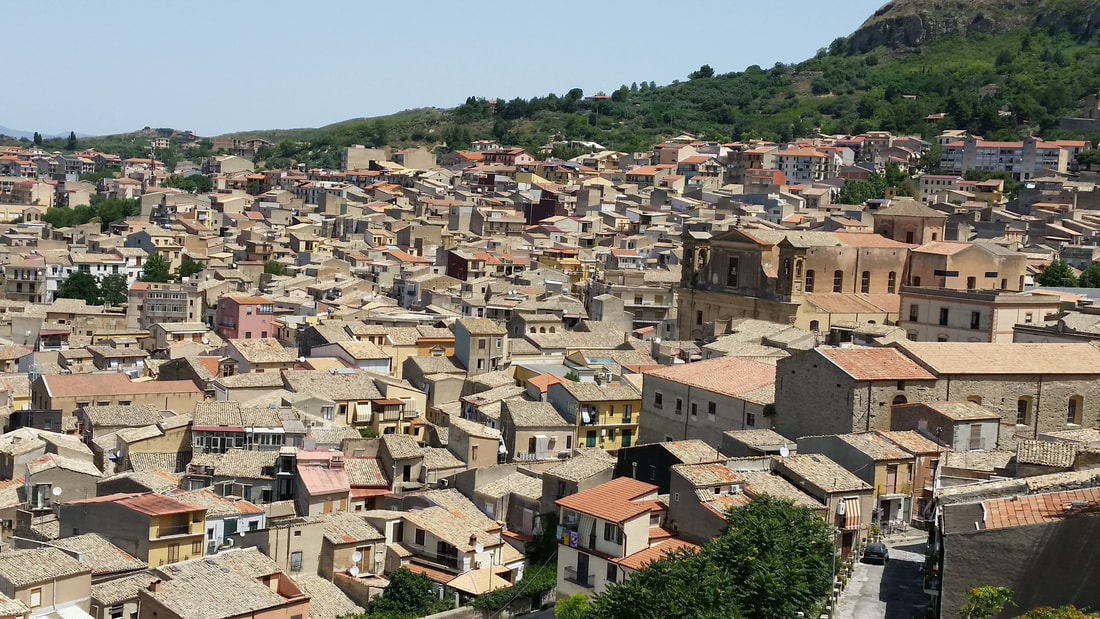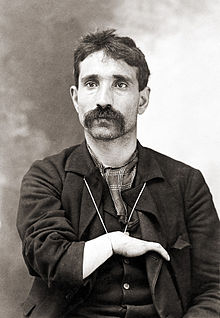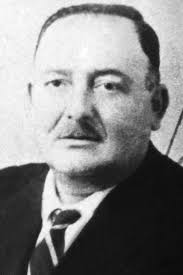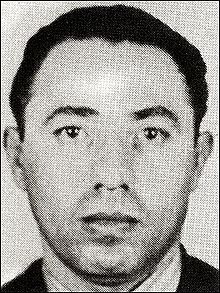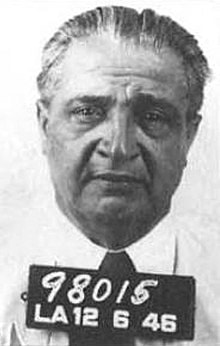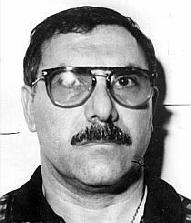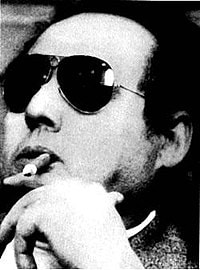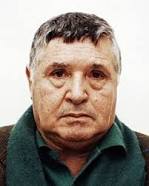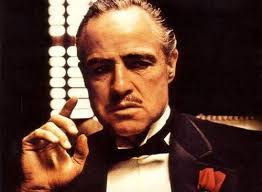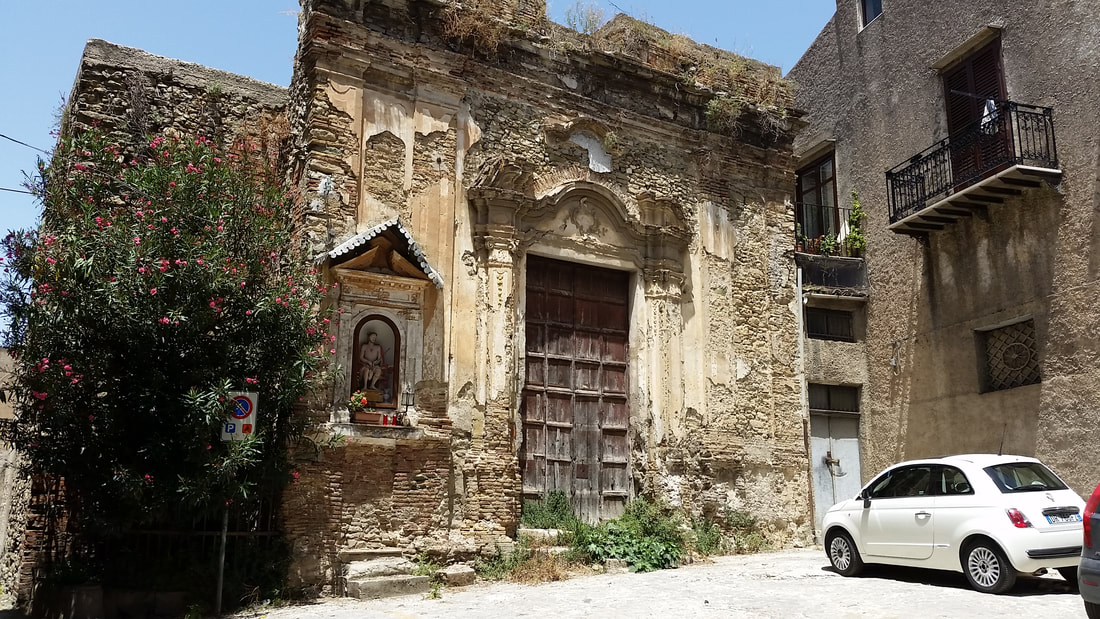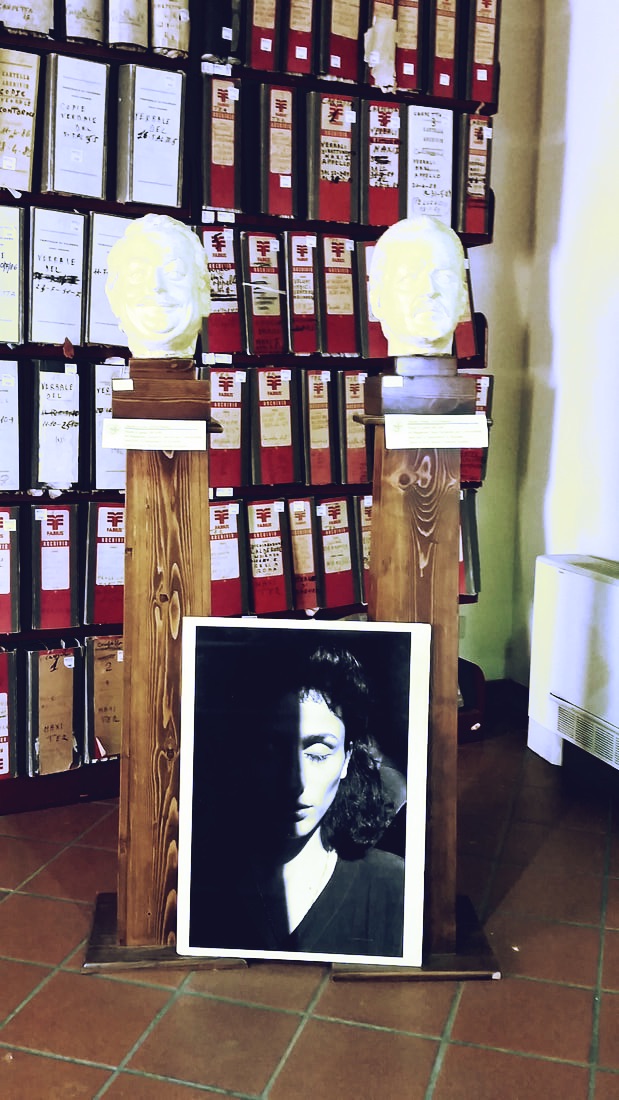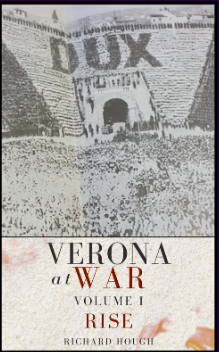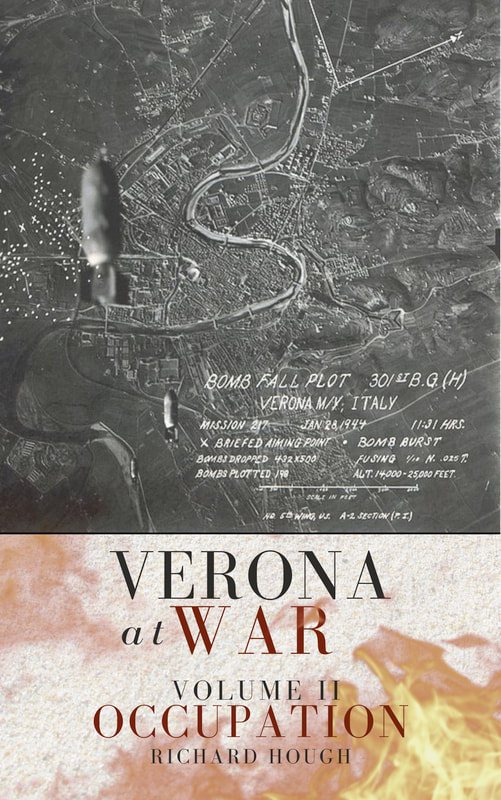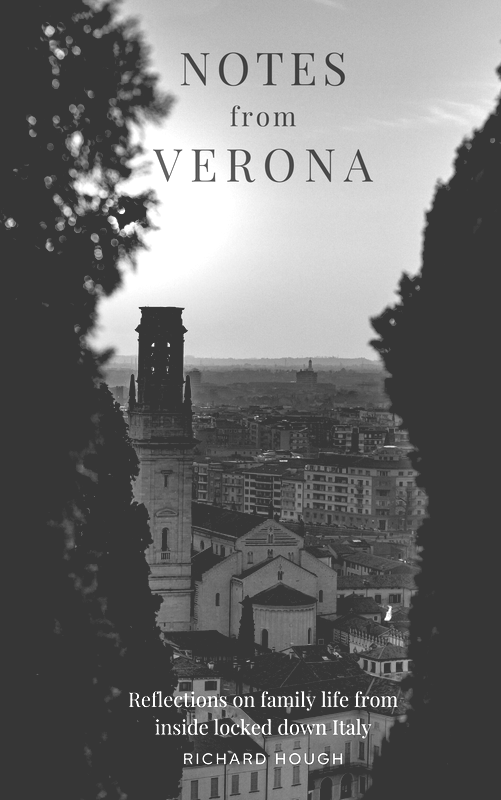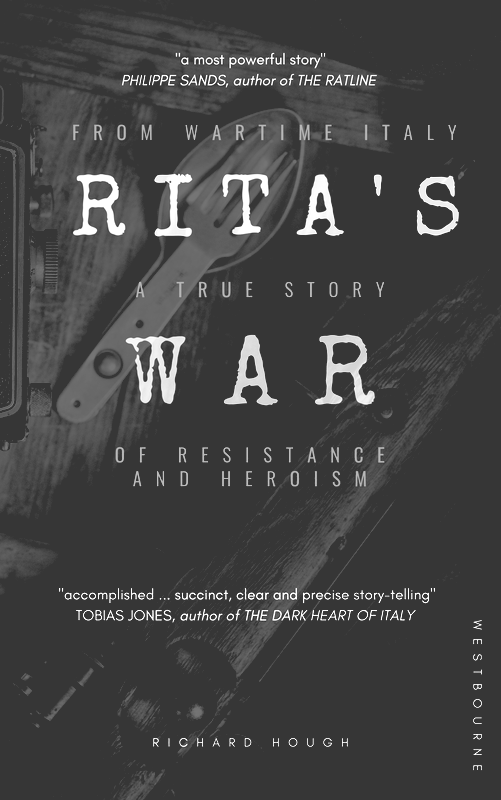|
This year I'm doing a bit of island hopping - one summer, three very different islands.
First up was a lads trip to Ibiza. I'm still trying to piece together exactly what went on that week in mid-June, but as it coincided with the opening stages of the World Cup, a few cans were certainly involved. Full details will no doubt emerge after a sustained period of quiet introspection. My second island of the summer is Sicily, our main family holiday of the year. Not wishing to over-extend ourselves, we limited our stay to the north-western corner of the island, taking in Palermo, Cefalù, Trapani, Erice and San Vito Lo Capo. I'd heard a few horror stories about driving in and around Palermo and things didn't get off to the best of starts when an irate customer in front of us in the car rental queue quite literally came to blows with the staff over a disputed charge. After some delay, we grabbed our keys and fled. Circumnavigating Palermo wasn't half as bad as I'd been led to believe. Yes the three/four lane highway is lacking in certain basic road markings, but by staying alert and sticking to the middle lane (if you can work out where it is), the seemingly chaotic traffic will simply weave it's way around you. While local drivers seem to manage just fine with only one hand for driving (the other invariably hangs idly from the open window), I wasn't taking any chances and kept two hands firmly on the wheel as we made our way along the coast towards Cefalù.
After a few days spent sunning ourselves on the glorious beach at Cefalù, we decided it was time to venture inland to explore the island's parched interior. Although I'd been warned by a native Sicilian student that there were more interesting places to visit, as I pored over my Sicilian travel map, my gaze kept returning to the same place.
Located about 50 kilometres south of Palermo, Corleone is a small town of around 12,000 inhabitants. The region has been inhabited since prehistoric times and the quaint Museo Pippo Rizzo in the centre of town modestly documents the anthropological history of the area. But of course, there's only one reason why tourists come to Corleone.
The Mafia. Or, to be more precise, Don Vito Corleone - The Godfather.
Our guide at the fascinating Centro Internazionale di Documentazione sulla Mafia e del Movimento Antimafia bravely tried to shift the Hollywood narrative by emphasising that there was more to Corleone than just the Cosa Nostra, but the attempt was ultimately self-defeating, as one comes away from the museum more convinced than ever that Corleone is a town that continues to be plagued by organised crime. Indeed, the mafia remains deeply embedded throughout the region of Palermo - our guide told us that a recent survey found that 80% of businesses in Palermo pay il pizzo (protection money) to the mafia. And in Corleone itself, local government has been dissolved due to mafia infiltration. Corleone has long been a notorious mafia stronghold and it is not difficult to understand why Mario Puzo chose it as the birthplace of his iconic literary creation, Don Vito Corleone. Many of Italy's most notorious mafiosi were born here. Tommy Gagliano, "the Quiet Don"; Jack Dragna, "the Cappone of LA"; Giuseppe "the Clutch Hand" Morello, founder of the infamous 107th Street Mob, a precursor to the Morello and subsequently Genovese crime families; Michele Navarra, a leading physician and feared crime boss; Luciano Leggio, who, after killing his boss Navarra, took over as head of the Corleonesi crime clan; Leoluca Bagarella, a feared boss who was implicated in 100s of murders and terrorist attacks, including the assassinations of anti-mafia prosecutors Giovanni Falcone and Paolo Borsellino; Salvatore "Totò" Riina, "the boss of all bosses", whose brutal rein of terror oversaw the assassination of a 13-year-old boy, and the terrorist atrocities that killed Falcone and Borsellino; and Bernardo Provenzano, "the Accountant", a notorious boss who was on the run from 1963 until his eventual arrest in 2006.
While the Godfather may be a cinematic masterpiece, the brutal reality of the mafia is, of course, altogether different from its Hollywood incarnation.
Indeed, one doesn't have to venture far from Corleone's main central piazza to discover a town mired in poverty and lacking in enterprise or investment. Wandering the ramshackle streets of Corleone, it is difficult to escape the conclusion that the mafia has sucked the very lifeblood from the town, for who would want to invest in place so immersed in such enduring criminality?
The fallout from the atrocities committed by the Corleonesi mafia continues to this day, as prosecutors continue to unravel events surrounding the mafia terror campaign of the early 1990s. In particular, anti-mafia prosecutor Nino Di Matteo, who lives under armed protection, has led the investigation into historic links between the mafia and the political establishment in Rome. In doing so he follows in the footsteps of courageous anti-mafia crusaders like Placido Rizzotto, Giovanni Falcone and Paolo Borsellino. Brave idealists who paid with their lives for their stand against the Cosa Nostra.
They, rather than any fictitious mafia don, are the real heroes of Corleone. |
AboutRichard Hough writes about history, football, wine, whisky, culture + travel and is currently working on a trilogy about wartime Verona.
|
